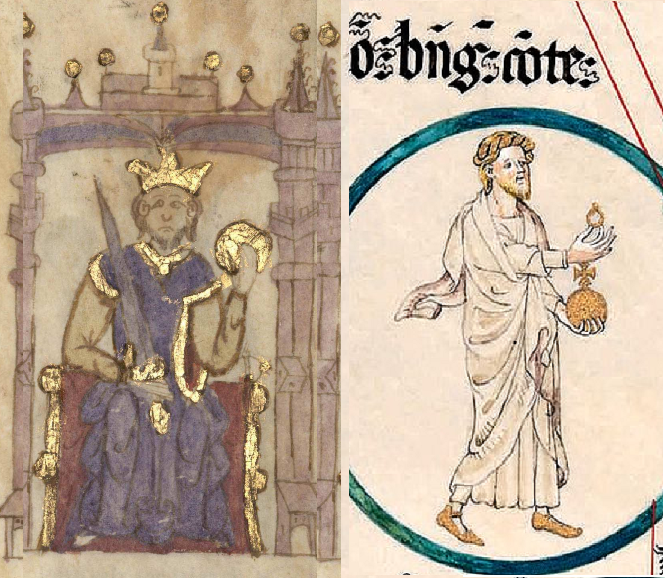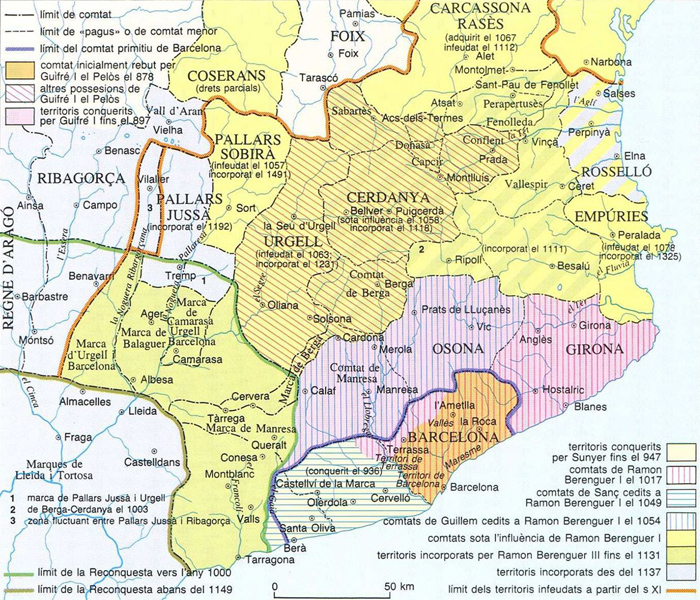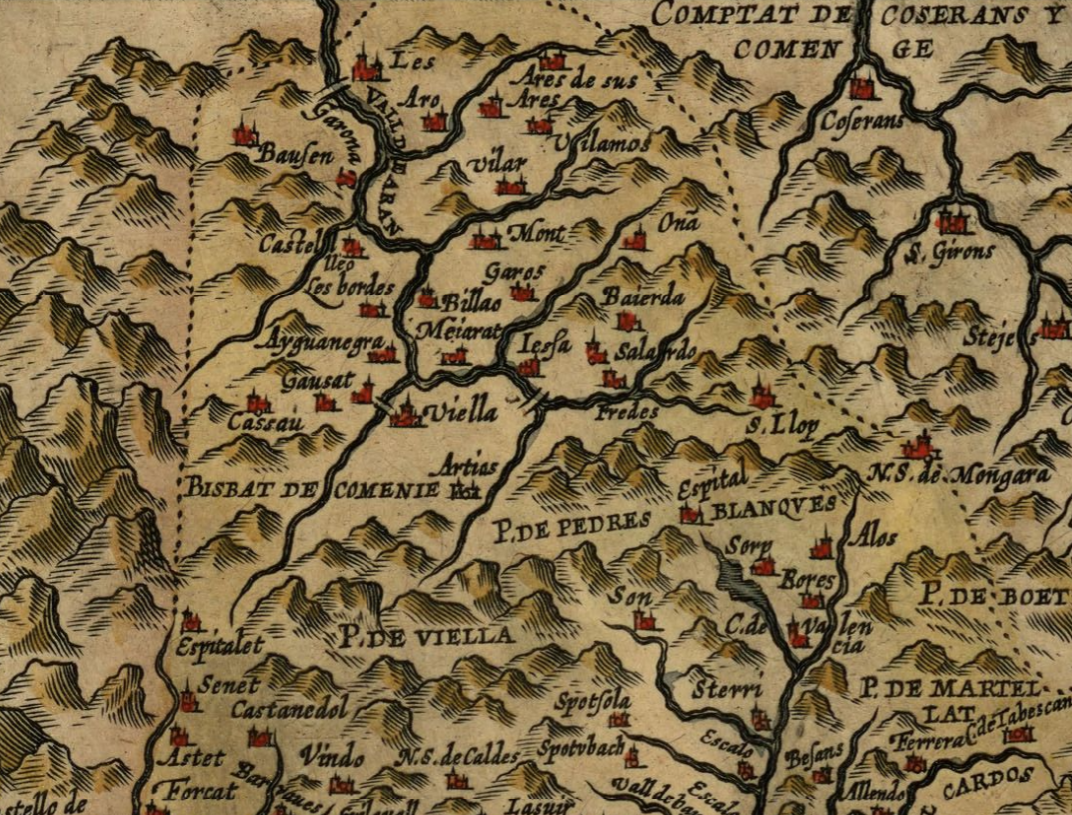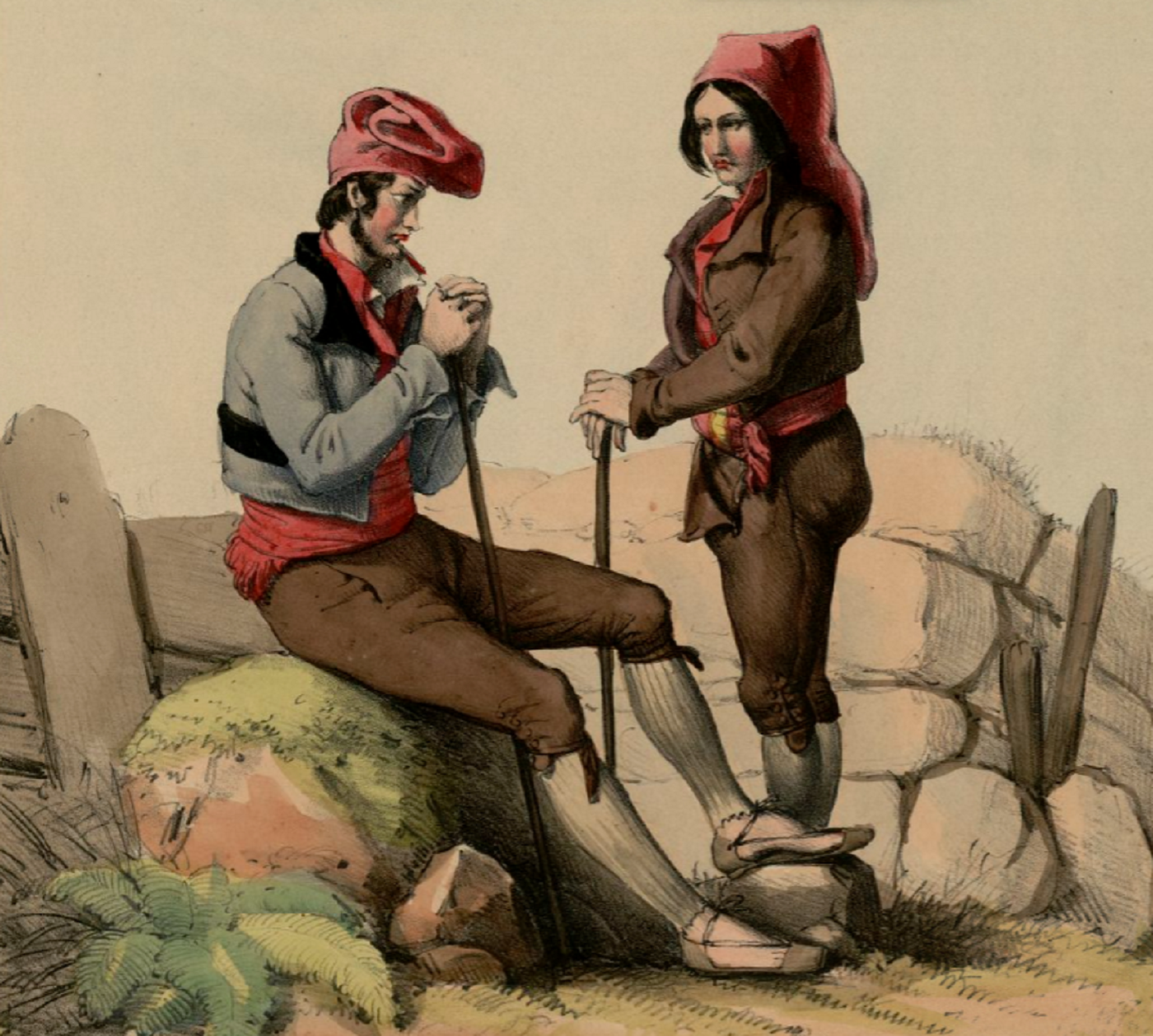Lleida, 23rd August 1313. 709 years ago. The count-king Jaume II confirmed the Querimonia, the "Magna Carta" of the Pyrenean land of Aran. Although located on the northern side of the Pyrenees, with language and culture based in Occitan, like much of the southern part of today's France, Aran became definitively linked to the political construction which took place in the lands on the other side of the mountains, the Crown of Aragón and, in particular, the Principality of Catalonia. But this link was not the first move of rapprochement, but rather the culmination of a long process that began in the ninth century and showed the will of Aranese society at the time to move away from Toulouse and connect to Barcelona. Why did those medieval Aranese lean towards an Iberian state instead of the domains that were part of their geographical and cultural environment?

Alfonso I of Aragon and Pamplona and Ramon Berenguer IV of Barcelona / Source: Biblioteca Digital Hispànica i Rotlle de Poblet
The genesis of Aran
The protohistory of Aran dates back to the seventh century of the modern era, during the period of conflict between the Spanish Visigothic and French Merovingian monarchies. In those dark times (dark - due to the scarcity of documentary sources), Aran was part of the proto-Basque cultural world, which stretched hundreds of kilometres along the mountainous lands from the Catalan county of the Cerdanya in the east, to Cantabria in the west - a territory and culture that had resisted linguistic romanization. Evidence in documents from later eras that refer to this period (7th to 9th centuries) provides such revealing details as the quote in vulgar Latin "Cisclan iu bascon, qe son d'Aran” ('The Basques, who are from Aran, are calling'). But the evangelization of Aranese society, promoted during those "dark centuries" from the now-disappeared diocese of Sant Bertran de Comenge, would gradually gain ground over the proto-Basque culture and replace it with a vulgar Latin that foreshadowed the Gascon variant of Occitan.
Cradled by Toulouse
The counts of Toulouse (dependent, like the counts of Barcelona and Urgell, on Carolingian power to the north) were the first to organize Aran politically and militarily. At the beginning of the ninth century, the counts of Toulouse incorporated Aran into their domains and even planned an expansion towards the south face of the Pyrenees (with the creation of the counties of Pallars and Ribagorça). However, the scarce documentation of the time reveals that those original Aranese had already developed an awareness of their own community: around 880, when Guifré el Pilós ("Wilfred the Hairy"), Count of Urgell, laid the foundations of the Catalan nation, sources show that Aran was not under any lordly domination: not from Toulouse, nor from Barcelona, nor from the ambitious barons in Pallars and Ribagorça who strove to break the bonds of their own dependence on the power of Toulouse.

Map of the evolution of the Catalan counties between 900 and 1149. Aran is in the top-left, beside the legend. Note also the counties of Pallars and Ribagorça, just to Aran's east and south, and beyond, Urgell / Source: Enciclopèdia Catalana
A medieval republic
This absence of a dominating force from the exterior is very important, because - although there is a lack of sources to definitively confirm it - everything indicates that those Aranese were governed under a kind of medieval republic; that is, with a council of representatives of the different valleys that made up the country, a structure whose origin was ancestral, and would survive for centuries in the Basque world (the Council of Gernika, for example). And it is also very important because it explains the origin of the Querimonia, the first foundational legal document in the national history of Aran. Although the evidence for this political structure dates from the 14th century, it is quite certain that its origin - at least, its tradition - dates back to this period. The later Tractat d'Emparança - "Treaty of Protection" - of 1130 signed between the Aranese representatives and king Alfonso I of Aragon and Pamplona confirms that the Aranese had been their own masters for three centuries.
The "protection"
But that world of chain mail did not usually grant many concessions to small communities struggling to preserve their autonomy. The very name of the treaty reveals its architecture and purpose: the Aranese took refuge - they entrusted the protection of their political and social edifice - to the arms of the king of Navarra. The direction in which this pact of protection was negotiated explains that the Aranese - at least the ruling classes of the twelfth century - had many economic interests on the south face of the Pyrenees and, more specifically, in the semi-independent counties of Pallars and Ribagorça, which, at that time, were within the political and military orbit of the Navarra-Aragon monarchy. This detail, of paramount importance, would mark the orientation of the Aranese, who were leaning decidedly southwards towards the Iberian Peninsula.

Map of Aran, a fragment of a map of Catalonia (1608), by the cartographer Ortelius / Source: Cartoteca de Catalunya
Why south of the Pyrenees?
In the Early Middle Ages (6th to 10th centuries), the main economic activity of Aran was centred on the very significant communally-owned herd of cows; after the Feudal Revolution (11th century), this stock was in the hands of the Aranese oligarchies. These cattle had their winter meadows on the southern slope of the Pyrenees: the famous transhumance drives that, via the mountain passes of Vielha and La Bonaigua, took the flocks of lambs, cows and horses to the plains of Urgell. These movements also created an intense human relationship between the communities located at each end of the path (the Aranesos and the Urgellencs) and those located along the route (Pallaresos and Ribagorçans, who, after the death of Alfonso I and the crisis of Aragon that followed, had swung into the political and military orbit of the independent county of Barcelona).
A Catalan balcony over Atlantic Europe
Thus, a synergy based initially on economic interests, and later on human relations, was consolidated and perpetuated. Documentary sources (mainly hearth tax documents) reveal that the arrangement of marriages between the peoples of Aran, Pallarès, Ribagorça and Urgell was a constant in all social sectors throughout the Middle Ages and into modern times. Probably the best known would be the case of the lineage of Gaspar de Portolà (the first European colonizer of California and Colombia, in the 18th century) who, from origins in Aran, went south to settle in Os de Balaguer (Noguera county) and further south again to end up living in Lleida. Aran, on the north face of the Pyrenees, in the Garonne river basin, with a remote proto-Basque past and an Occitan language and culture, is, due to historical destiny, the Catalan balcony over Atlantic Europe.

